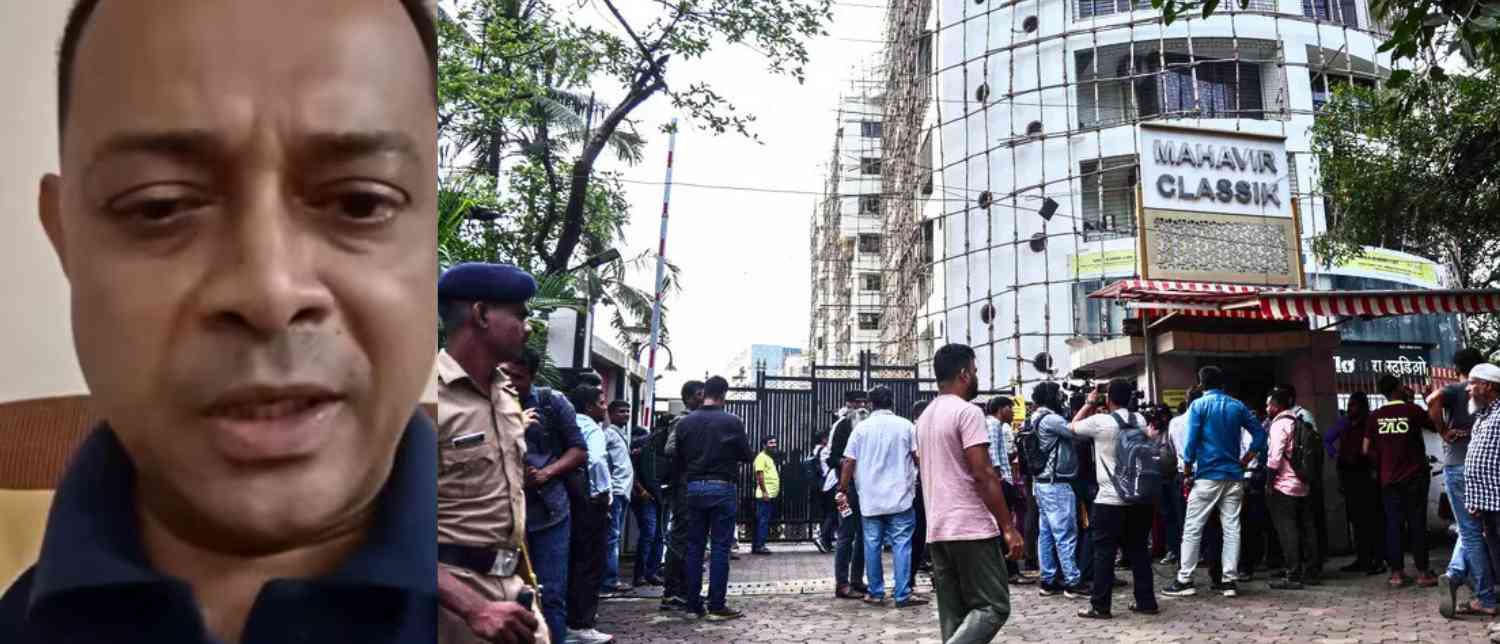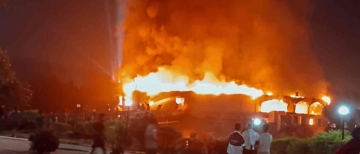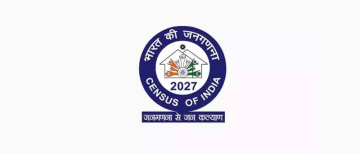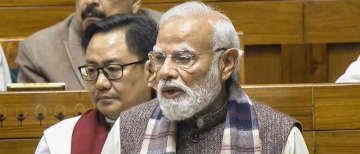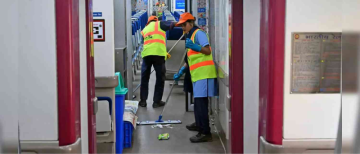A tense hostage situation gripped Mumbai’s Powai area on Thursday when Rohit Arya, a 38-year-old social entrepreneur and filmmaker, took 19 people hostage, including 17 children aged between 8 and 14, inside a small film studio called RA Studios. The crisis lasted around two to three hours before police commandos stormed the building, shot Arya after he reportedly opened fire, and rescued all the hostages unharmed. Arya later succumbed to his injuries in hospital.
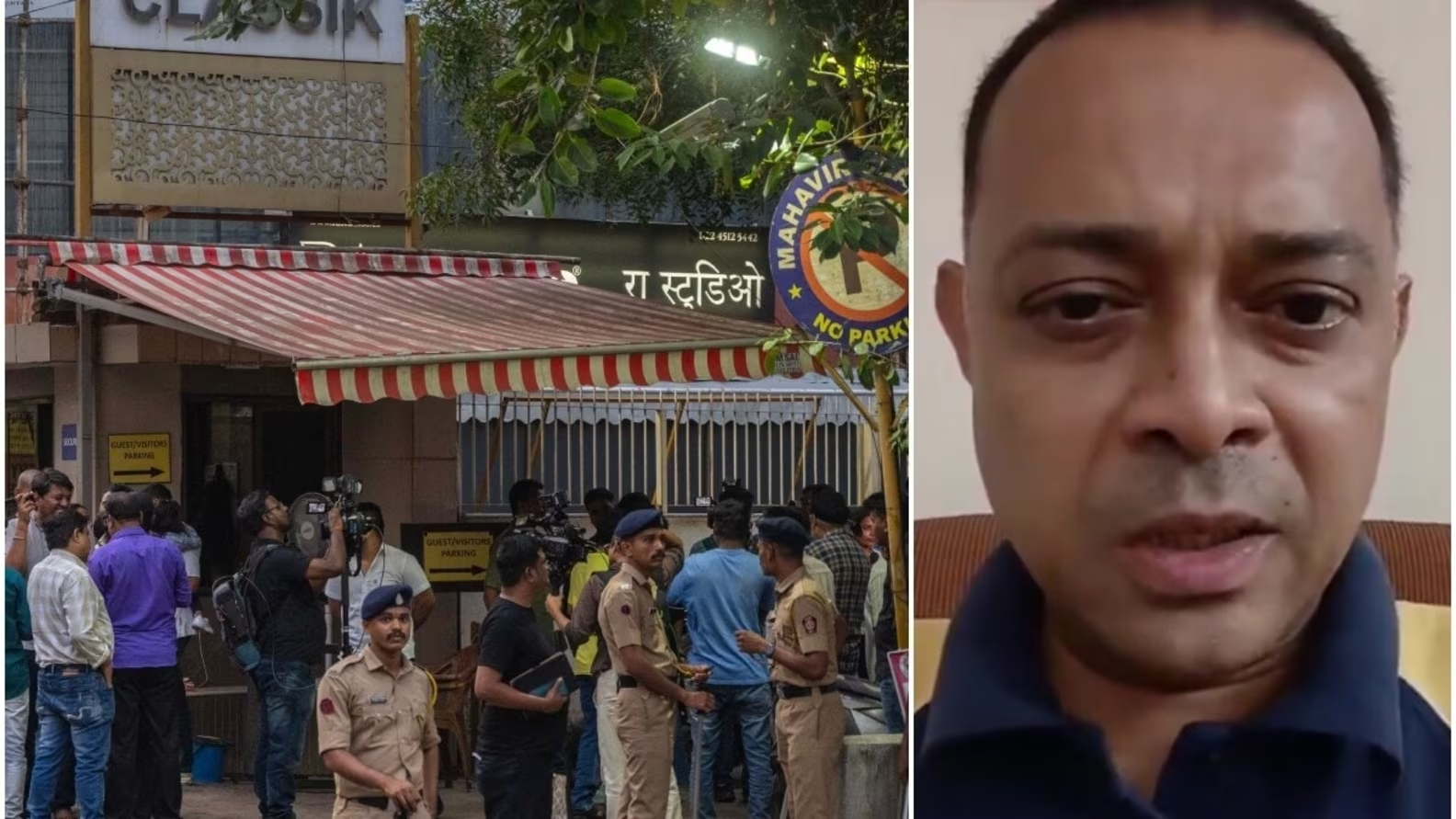
What triggered this shocking incident was a long-standing dispute over unpaid dues related to an urban cleanliness project called the “Swachhata Monitor,” which Arya’s media firm, Apsara Media Entertainment Network, was leading in collaboration with the Maharashtra government. The project involved selecting students from schools across the state as cleanliness monitors to encourage better hygiene and discourage littering and spitting. The government had initially sanctioned Rs 9.9 lakh for the pilot phase in 2022-23 and Rs 2 crore for the phase two rollout in 2023-24, with plans to expand further.
However, Arya’s project ran into trouble due to incomplete and vague documentation submitted to the Education Department. The department stated the budget included inflated costs for advertising, manpower, and technical aspects, which led to the scheme not being fully implemented. Further, Arya was found to be collecting unauthorized registration fees from schools through a private website, which the government said was against official procedures. Due to these procedural issues, his subsequent proposals were left pending.
Arya claimed he was owed around Rs 2.4 crore for his work on the project, but the government denied this, citing a lack of supporting documents and accusing him of collecting money without authorization. Arya’s protests over these unpaid dues and the lack of credit for his work had been ongoing for months. His wife revealed he felt distressed and ignored despite completing the project as approved by former Education Minister Deepak Kesarkar, who also acknowledged there was a dispute about payment and fund collection procedures.
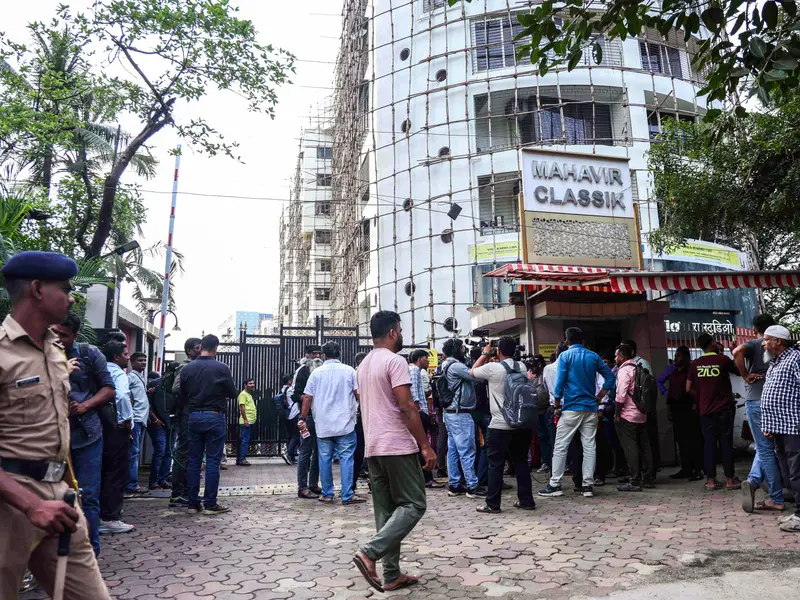
Feeling betrayed and unheard, Arya resorted to holding the children hostage to amplify his grievances and demand the payment and recognition he believed he deserved. Despite police negotiations, he remained firm on his demands and threatened to harm the hostages, forcing police to conduct a rescue operation.
This tragic incident sheds light on a complex intersection of social activism, bureaucratic hurdles, and personal frustration. While Arya’s actions cannot be justified, his case raises important questions about how government projects are administered, funded, and how disputes can escalate if grievances are not addressed effectively.
The Mumbai Police justified their action in neutral terms, stating that safety of hostages was paramount, and that Arya fired first, leaving the team no choice but to respond to protect lives. Meanwhile, there are calls for a thorough magisterial inquiry into the events leading up to the shooting to ensure transparency.
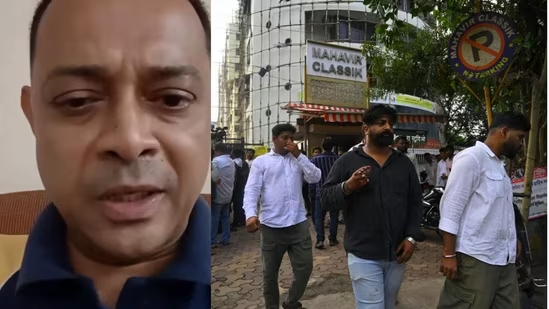
In conclusion, the Mumbai hostage crisis reveals a sad narrative of unpaid dues, procedural lapses, and unmet expectations on both sides that culminated in a tragic confrontation. It highlights the urgent need for better governance, accountability, and clear communication channels between civic activists and government bodies to avoid such extremes in the future.
With inputs from agencies
Image Source: Multiple agencies
© Copyright 2025. All Rights Reserved. Powered by Vygr Media.

